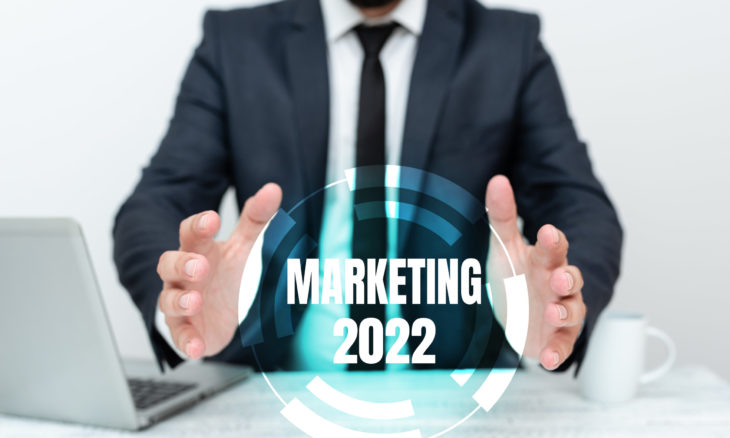The last time I dared to compile a set of predictions was pre-pandemic, going into 2020. Astonishingly, many of them turned out to be true, or mostly so. Going into 2021, the world was upside-down, and the general uncertainty about everything in our personal and professional lives convinced me to lay low. But now I am back, with a list of 10 trends that B2B marketers should watch as we enter 2022.
- Permanent COVID-19. It’s pretty clear now that COVID is here to stay, and we have to get used to it. For marketing strategies, this means that our customers and clients need us more than ever, to solve problems and help them meet their goals. Tactically, the clever adaptations we created during the pandemic will continue as part of our toolkits. Examples: Virtual events, data that combines the business and the WFH consumer record, smaller travel budgets, etc.
- The trusted relationship. Buyers are more risk averse than ever. So, B2B marketers must develop a renewed focus on building trust with clients and prospects. This means developing strategies around the customer experience, at all touch points, informed by deeper insights and attention to customer needs — combined with a superb product or service, with continuous improvements to stay ahead of the competition. Try building your strategy around Forrester’s 7 dimensions to building B2B trust.
- ABM goes mainstream. It’s funny how account-based marketing (ABM) was trotted out as “new” in recent years, when it’s actually how businesses have gone to market forever. With a focus on named accounts, marketing can deliver tangible, measurable value to the sales process, with data-driven account profiling and identification, personalized messaging, complete and accurate customer data records and ongoing customer nurturing. It has come full circle.
- Vendor consolidation. As Scott Brinker’s annual Martech supergraphic tells us, the number of tools available to marketers continues to expand. But Brinker pointed out in an interview recently that the martech product list (at 8,000 in 2020) is an ever-evolving organic entity, with vendors entering and leaving all the time. In the B2B data arena alone, just in the last few months, DNB acquired NetWise Data, and MeritB2B acquired True Influence. I’m expecting more M&A activity to come.
- Customer experience rules. We B2B marketers have been upping our customer experience (CX) game for a while now, but buyers are now expecting—no, demanding—more. Merkle’s new study shows clearly that businesses are no longer satisfied with the slow pace of the purchase process. From 28% of decision makers in 2020, 44% in 2021 said “it takes far too long to make a purchase from most of our B2B suppliers.” CMOs who focus on CX next year will surely gain a competitive advantage.
- Return of live events. Events have been a major part of marketing budgets since forever, and will likely come roaring back—different, but better. Clearly, hybrid is here to stay; the advantages of virtual are too good to abandon. Events, proprietary and public, both for prospecting and for customer cultivation, all are likely to focus on quality attendance over quantity. A smart move.
- Video everywhere. The video trend has been building for about a decade in B2B, and is likely to continue. Buyers appreciate video for all kinds of uses, from explainers, to product comparisons and demos, to customer testimonials. And marketers are getting more creative, with both formats and applications. Look at the new self-introductory video clips parked behind the LinkedIn profile pictures of people in Creator Mode now.
- Social media pulls ahead. Year-end research from Hubspot asserts that social media has overtaken not only email but also the company website as the #1 marketing channel in 2021. Something I would never have predicted. The research covered both B2C (53%) as well as B2B and B2I (institutions), so we can’t conclude this as a B2B-specific phenomenon. But it’s very likely a directional marker for B2B in 2022.
- More complexity. B2B has always been more complex that consumer marketing, which is one reason we find it so interesting. But the complexity keeps expanding, with customer journeys, martech and media channels growing seemingly every day. This means CMOs must pursue simplicity more avidly than ever, and resist the temptation to jump on every shiny new object. Or, as Ann Handley advised recently, “Slow down to speed up.”
- All eyes are on AI. Marketers have high hopes for AI as a predictor of customer needs and behaviors. Eventually it may actually live up to the hype. My advice for B2B marketers: Hear out the vendors and keep track of developments. But don’t count on it to deliver results and change how we operate in 2022.







